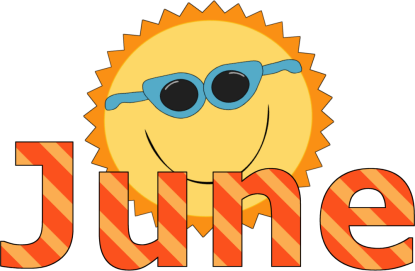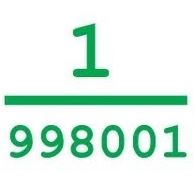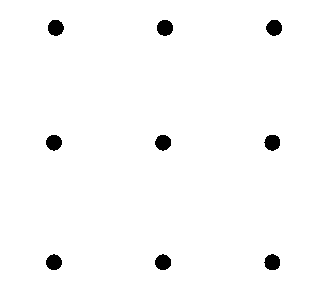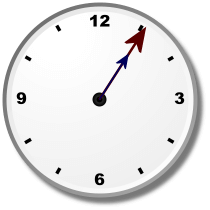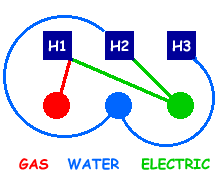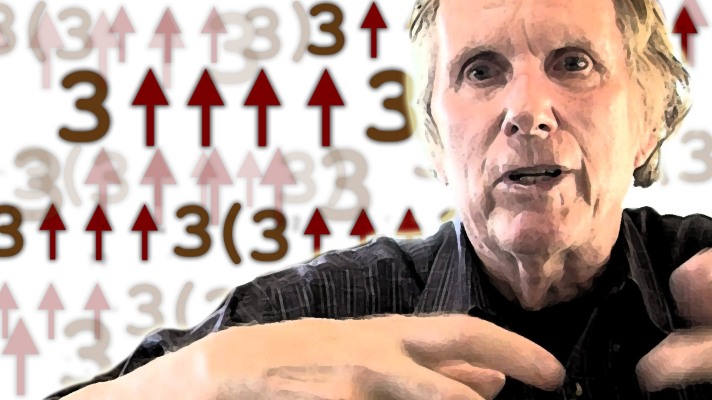
If you’re used to basic nth term sequences try these:
a) Possibly the most famous sequence in the history of maths. This is how it starts
1, 1, 2, 3, 5, 8, 13, 21, …
What number is next? And why?
b) Letters can be in sequence too. What is the next letter in this sequence and why? Incredibly simple when you see it. Seemingly impossible when you don’t.
O, T, T, F, F, S, S, …
c) And one of my favourites, because in many ways a small child has more chance of getting this right than a Professor of Mathematics. What is the next number in this sequence?
1, 11, 21, 1211, 111221, 312211, …
Why the sunflower? It’s all to do with the first sequence.
